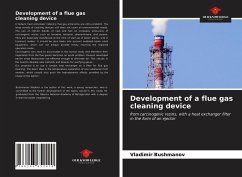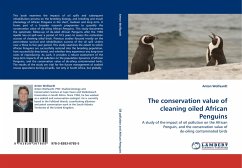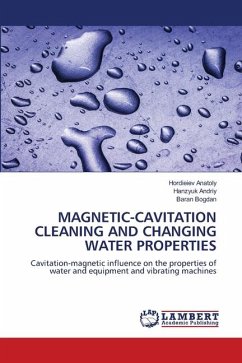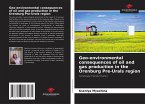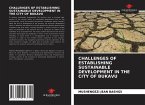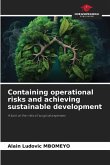In today's heat and power industry, flue gas emissions are still a problem. The large variety of cleaning devices still does not cover all environmental needs. The use of inferior blends of coal and fuel oil increases emissions of carcinogenic resins such as benzene, benzene, phenanthrene, and pyrene. They are especially manifested at the time of start-up of boiler plants, and in transient modes. It should be also taken into account outdated boiler plant equipment, which can not always provide timely reaching the required operation mode.Carcinogenic tars tend to accumulate in the human body. And therefore their separation from the flue gases becomes an acute problem. Devices developed earlier show themselves not effective enough to eliminate tar. This results in the need to develop new methods and devices for purifying gases.Our proposal is to use a contact heat exchanger as a filter for flue gas cleaning. The basic idea is the temperature separation of one substance from another, which should also push the hydrodynamic effects provided by the shape of the ejector.
Hinweis: Dieser Artikel kann nur an eine deutsche Lieferadresse ausgeliefert werden.
Hinweis: Dieser Artikel kann nur an eine deutsche Lieferadresse ausgeliefert werden.

